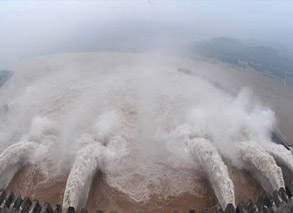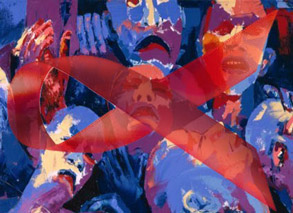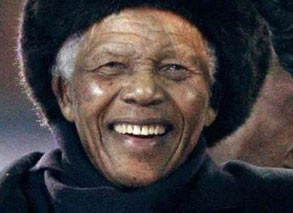Interview: Russian pavilion embodies traditional Chinese philosophy
2010-04-20 11:12 BJTSpecial Report: Shanghai World Expo 2010 |
MOSCOW, April 19 (Xinhua) -- The design of the Russian pavilion in Shanghai World Expo embodies traditional Chinese philosophies and could meet eastern people's aesthetics, Levon Airapetov, the chief designer of Russian pavilion told Xinhua.
"I have thrown myself into the designing of the Russian pavilion which I hope can better embody both Russian style and Chinese philosophy," Airapetov, an architect obsessed with Chinese culture and philosophy, said.
He said he tried to reflect in his design the philosophy of " different but not separate" which was raised by the ancient Chinese philosopher Zhuang Zi. For example, the 12 towers around the pavilion, with three different colors of white, golden and red, are designed to represent a multi-ethnic Russia.
The white represents pure hearts, golden symbolizes the color of wheat and rich, while the red stands for beauty, Airapetov explained. Meanwhile, the pictures and patterns on the tower bodies, also standing for different Russian ethics, are mixed but harmoniously matched.
Another philosophy Ariapetov wanted to show in the pavilion design is "changing," which was the essential of one of China's most well-known classics "The Book of Changes."
Ariapetov said the appearance of the Russian pavilion looks like the sun, which symbolizes a "tree of life," while the 12 towers surrounding it are the roots and the top of the towers look like unfinished, which means an ideal city should be always in changing and developing.
Referring to the future ideal city, Airapetov said an ideal city for human beings should consist of one third of its space for parks for nature, one third for culture and arts, and one third for buildings for living. In this sense, the Russian pavilion with three floors could be viewed as an ideal future city model which perfectly combines the elements of air, earth and mankind.
The first floor of the pavilion is decorated as a green and beautiful Flower City, in which all facilities are huge in size, so as to let visitors feel themselves small and be children again. The second floor, as the Solar City, will mainly exhibit the technological achievements by Russian youth. A Moon City is presented in the third floor to ignite visitors' boundless imagination about the future world.
"I really hope Chinese visitors can enjoy my design," he said in the end of the interview.
The Russian pavilion, with a total area of 6,000 square meters, is one of the biggest exhibition sites at the Shanghai Expo.
For the first time in 30 years, Russia is spending some 1.1 billion rubles (around 37 million U.S. dollars) to construct its Expo pavilion rather than renting one from the host country.
Editor: Zhang Ning | Source: Xinhua
 Mail
Mail Share
Share Print
Print


 Video
Video









 2009 China Central Television. All Rights Reserved
2009 China Central Television. All Rights Reserved